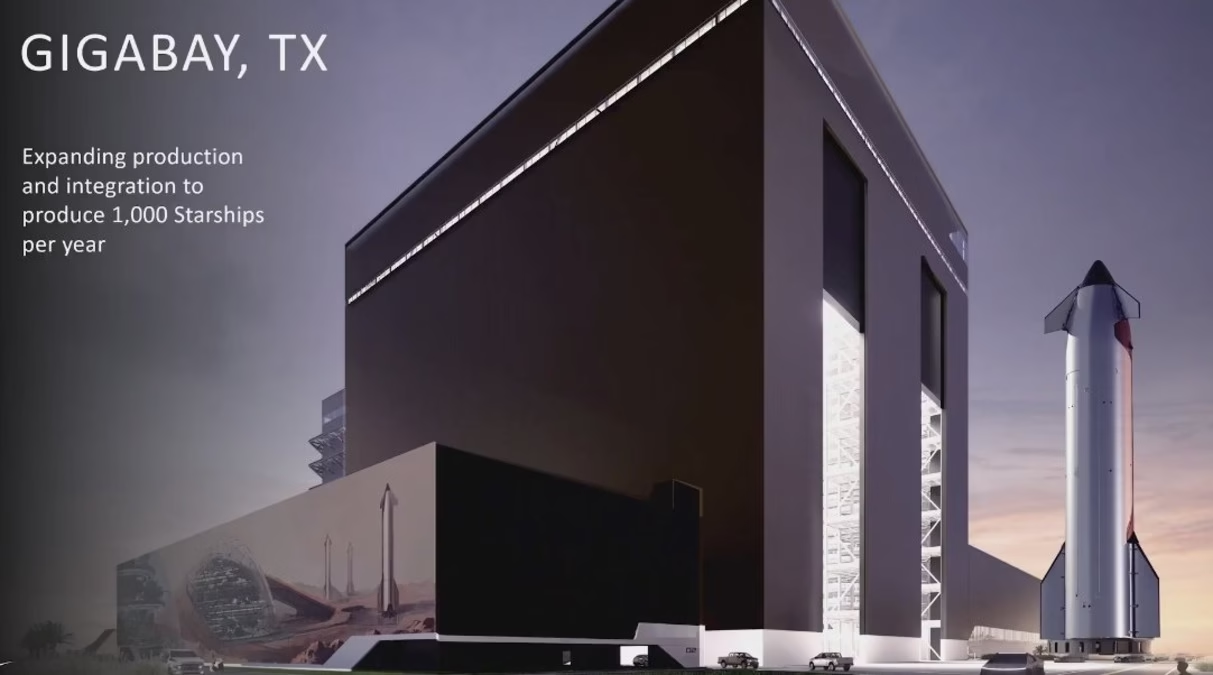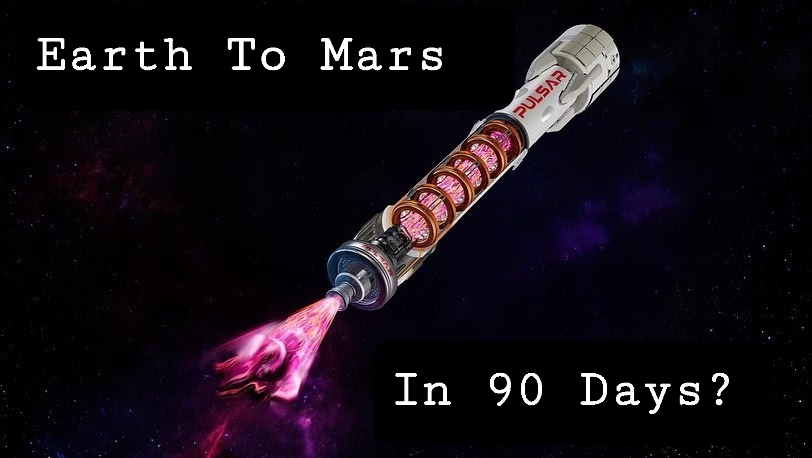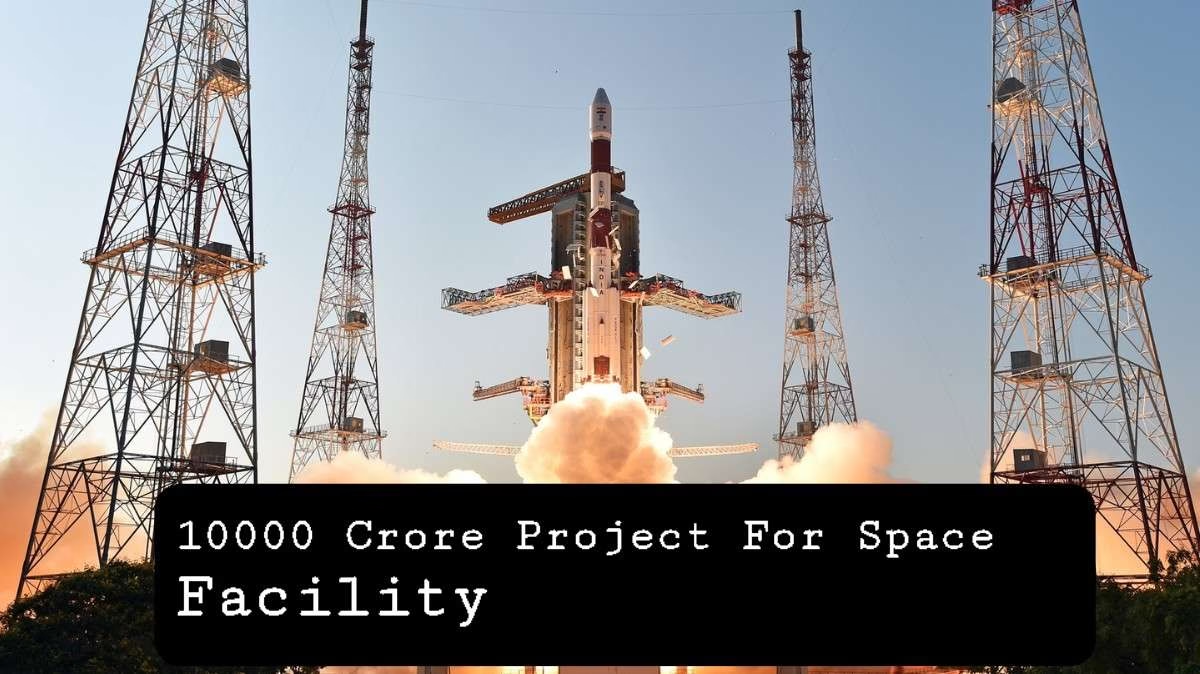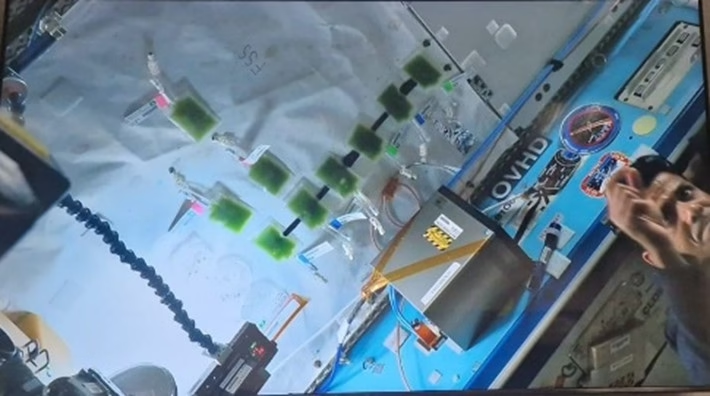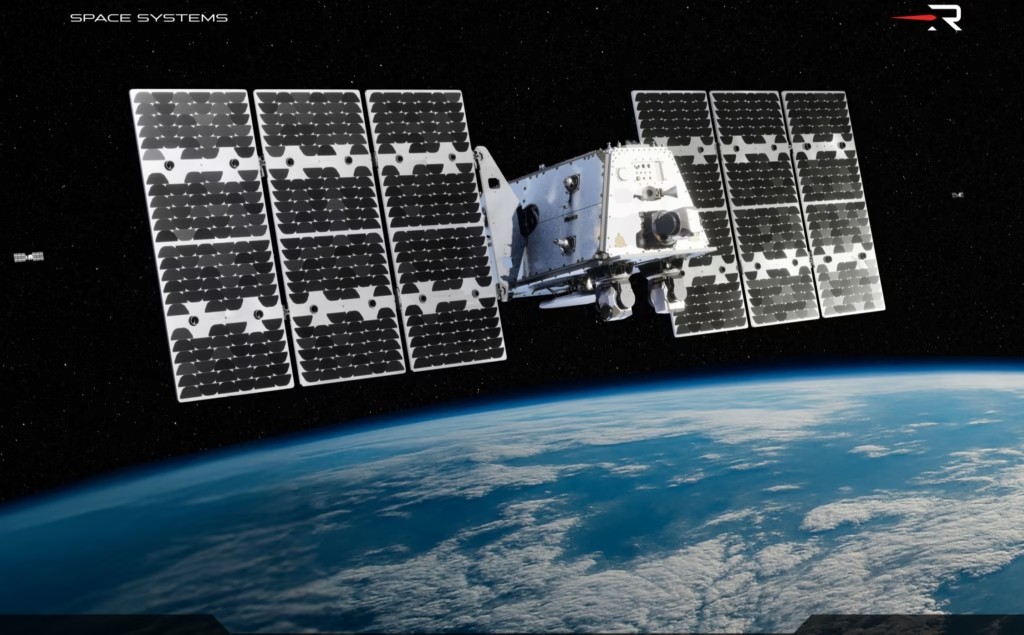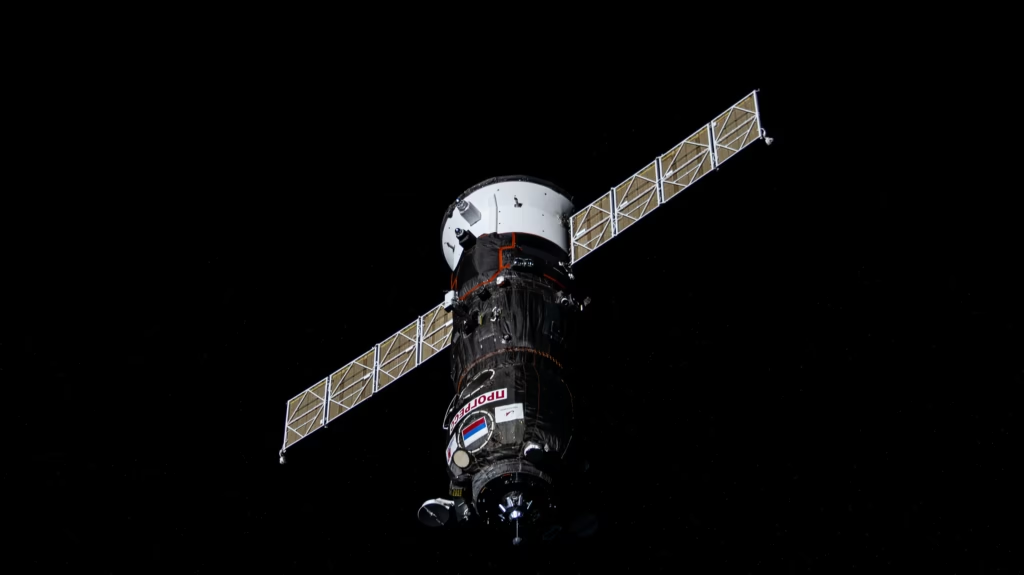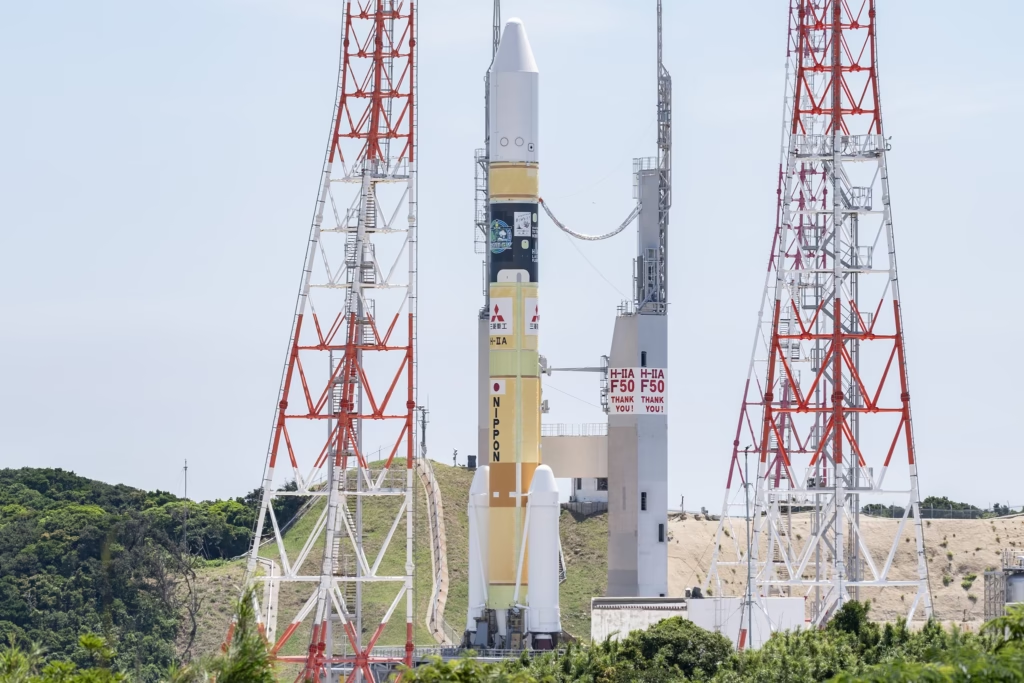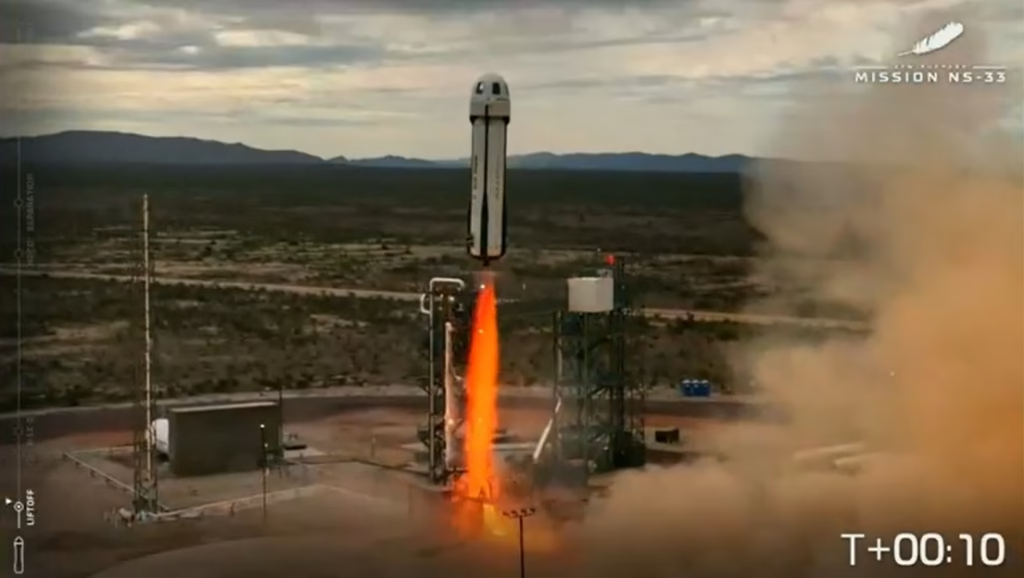Shubhanshu Shukla Conducts space farming experiment grows fresh food in orbit—paving the way for sustainable life support systems on future Mars missions. We discuss more details here-

Shubhanshu Shukla Conducts Space Farming: Introduction
As humanity prepares for long-duration missions to the Moon, Mars, and beyond, one of the greatest challenges remains how to sustainably provide food in space. Space farming—growing plants beyond Earth’s atmosphere—is no longer science fiction. Indian astronaut Shubhanshu Shukla is at the forefront of this vital research aboard the International Space Station (ISS).
In a groundbreaking initiative, Shukla is contributing to experiments focused on growing food in microgravity, a development that could transform the future of space exploration. This article delves into Shubhanshu Shukla’s role in space farming, the science behind growing plants in orbit, and how these efforts will support future interplanetary missions.
Why its Matters: Shubhanshu Shukla Conducts space farming
Supplying astronauts with food is one of the most difficult logistical challenges in space missions. Currently, food is pre-packaged and shipped from Earth, but this model becomes impractical for missions to Mars or deep space due to:
- Limited cargo capacity
- Food shelf-life limitations
- Nutritional degradation over time
- Resupply dependence on Earth
Space farming offers a long-term solution. It allows astronauts to grow fresh produce, recycle water, and even generate oxygen through plant respiration. For future colonies on the Moon or Mars, on-site food production will be essential for survival and self-sufficiency.
Shubhanshu Shukla Conducts space farming: Leading India’s Role in Space Agriculture
Shubhanshu Shukla, an Indian astronaut aboard the ISS as part of the Axiom-4 mission, is participating in experimental plant growth systems designed to simulate farming in low Earth orbit. His work contributes to global efforts by agencies like NASA, ESA, and ISRO to establish sustainable life-support systems in space.
Shukla’s background in environmental systems engineering and his training in biological sciences have positioned him perfectly for these tasks. His research is part of a larger international experiment that evaluates plant growth in conditions of microgravity, fluctuating CO₂ levels, and limited light exposure.
What Is Shubhanshu Shukla Growing in Space?
The crops chosen for space farming are typically selected based on their nutritional value, growth rate, and space efficiency. Shukla’s experiments involve:
- Lettuce: Quick-growing and used as a model crop for space agriculture.
- Radishes: Fast germination and ideal for root-based growth studies.
- Wheatgrass: Offers oxygen production benefits and is easy to cultivate.
- Microgreens: High in nutrients and suitable for confined environments.
Shukla is growing these plants in controlled growth chambers using hydroponic and aeroponic systems. These soil-less methods are more suitable for microgravity and require less mass and volume than traditional agriculture.
How Does Farming Work in Microgravity?
In space, water behaves differently due to the absence of gravity. It floats, forms bubbles, and doesn’t flow downward. This complicates the root hydration process. To address these issues, Shukla uses special root zone systems that deliver water and nutrients directly to the roots through:
- Capillary action membranes
- Automated misting systems
- Nutrient delivery tubes
LED lights simulate natural sunlight by emitting specific wavelengths that promote photosynthesis. Blue light encourages leafy growth, while red light supports stem elongation and flowering.
Data Collection and Research Goals
As part of his work, Shubhanshu Shukla is responsible for:
- Monitoring plant height, color, and health
- Measuring water uptake and nutrient absorption
- Capturing images at regular intervals
- Adjusting light and nutrient variables remotely
- Recording growth cycles and yield
These observations are sent back to Earth for detailed analysis. Scientists study the data to understand how space conditions affect plant biology at the cellular and genetic level.
Benefits of Shubhanshu Shukla Conducts space farming
1. Enhanced Food Security for Astronauts
Fresh produce offers vital nutrients that processed food lacks. Space-grown crops can help prevent conditions like bone loss, muscle atrophy, and immune suppression in long-duration missions.
2. Psychological Well-being
Gardening provides psychological benefits to astronauts, including stress relief, emotional connection, and a sense of purpose. Shukla’s interaction with the crops is part of broader behavioral studies.
3. Closed-Loop Life Support
Plants recycle carbon dioxide into oxygen and use astronaut-generated waste water. This supports closed-loop ecological systems—essential for lunar and Martian colonies.
4. Technology Transfer to Earth
Many hydroponic systems and LED technologies developed for space farming have applications in Earth-based agriculture, especially in urban and arid environments.
Challenges in Shubhanshu Shukla Conducts space farming
Despite the promise of space farming, Shukla and his team confront several challenges:
- Water control: Ensuring precise hydration without gravity remains a critical obstacle.
- Plant disease and mold: Lack of airflow can promote unwanted microbial growth.
- Nutrient delivery: Imbalances in microgravity can affect root absorption.
- Light exposure: Consistent light cycles are difficult to maintain due to ISS orbit patterns.
Shukla regularly monitors the plant chambers for signs of stress, discoloration, or system malfunctions, making real-time adjustments when necessary.
International Collaboration and ISRO’s Involvement
Shukla’s mission is part of a broader international initiative involving NASA, Axiom Space, and ISRO. Indian scientists are also analyzing samples and growth metrics in parallel experiments on Earth. ISRO is interested in space farming as a component of its upcoming Gaganyaan missions and future lunar programs.
By contributing to this research, India is taking a vital step in becoming a key player in space biosciences and sustainable extraterrestrial habitation.
Space Farming and Mars Colonization
One of Shubhanshu Shukla’s long-term goals is to develop farming systems that can be transferred to Martian greenhouses. Mars presents similar challenges to space farming, such as:
- Reduced gravity (0.38g)
- High radiation levels
- Thin carbon dioxide-rich atmosphere
- Cold, arid soil with perchlorates
Techniques refined aboard the ISS—including hydroponic nutrient cycles, light automation, and remote monitoring—can be adapted for use inside pressurized Mars habitats.
Shukla’s current research lays the groundwork for creating food-producing bioregenerative life-support systems on Mars, where resupply missions from Earth are not feasible.
The Future of Indian Contributions to Space Farming
Shubhanshu Shukla’s success may lead to the establishment of India’s own orbital farming modules. ISRO could build autonomous plant growth units designed for Indian astronauts, with crops tailored to Indian diets like:
- Spinach (Palak)
- Mung beans (Moong)
- Fenugreek (Methi)
- Amaranth (Chaulai)
Such efforts would ensure not only physical health but also cultural familiarity and comfort for Indian crew members on long-duration missions.
Shukla’s Influence on Young Scientists
Beyond the scientific output, Shubhanshu Shukla serves as an inspiration to students and researchers across India. His work demonstrates how biotechnology, agriculture, and space science can intersect to solve humanity’s most complex problems.
Shubhanshu Shukla Conducts space farming mission is already being incorporated into educational outreach programs, science exhibitions, and STEM workshops aimed at cultivating the next generation of Indian space scientists.
Conclusion: Shubhanshu Shukla Conducts space farming
Shubhanshu Shukla’s groundbreaking space farming work aboard the ISS is a major milestone in the journey toward sustainable space exploration. His research proves that growing food beyond Earth is not only possible but also essential for humanity’s survival in space.
By mastering agricultural techniques in microgravity, Shukla is helping lay the foundation for future lunar bases, Mars habitats, and deep space missions. More than a scientific experiment, his mission represents a blueprint for a future where humans can live, work, and thrive far beyond our home planet.
As we look toward the Moon and Mars, one thing is certain: the seeds of space colonization are already being planted—and they’re growing under the careful watch of astronauts like Shubhanshu Shukla.
FAQs: Shubhanshu Shukla Conducts space farming
Q1. Who is Shubhanshu Shukla and what is his role in space farming?
A: Shubhanshu Shukla is an Indian astronaut aboard the International Space Station as part of the Axiom-4 mission. He is participating in space farming experiments to study how plants grow in microgravity, helping develop sustainable food systems for future space missions.
Q2. What crops is Shubhanshu Shukla growing in space?
A: He is cultivating crops such as lettuce, radishes, wheatgrass, and microgreens. These plants are chosen for their nutritional value, fast growth cycles, and ability to thrive in confined, soil-less environments.
Q3. Why is space farming important for space missions?
A: Space farming allows astronauts to grow fresh food during long missions, reducing the need for Earth resupply. It also supports mental health, generates oxygen, and contributes to closed-loop life support systems.
Q4. How does farming work in microgravity?
A: In space, traditional farming is not possible due to the lack of gravity. Instead, astronauts use hydroponic and aeroponic systems to deliver nutrients and water directly to plant roots, along with LED lighting to simulate sunlight.
Q5. What are the challenges of space farming?
A: Major challenges include controlling water distribution, preventing mold growth, maintaining proper nutrient levels, and regulating artificial light in a zero-gravity environment.
Q6. Is ISRO involved in space farming research?
A: Yes, ISRO is collaborating with international partners like Axiom Space and NASA. It is monitoring the results of Shukla’s space experiments and may apply them to future Indian missions like Gaganyaan and lunar programs.
Q7. Can Shubhanshu Shukla Conducts space farming techniques be used on Mars?
A: Yes. The techniques Shukla is testing aboard the ISS—such as hydroponics, LED-based photosynthesis, and closed-loop nutrient cycling—are directly applicable to Martian greenhouses and long-duration deep space missions.
Q8. How does space farming benefit Earth?
A: Technologies developed for space farming, like energy-efficient grow lights and hydroponic systems, can improve agricultural productivity on Earth, especially in urban areas or regions with poor soil and limited water.
Q9. What impact does space farming have on astronaut health?
A: Fresh food enhances astronauts’ nutrition, reduces dependency on pre-packaged meals, and improves psychological well-being through interaction with living plants.
Q10. What is the future of space farming in India?
A: Shubhanshu Shukla’s pioneering role may lead to India developing its own orbital farming units, tailored for Indian crops and dietary needs. It also sets the foundation for future Indian-led space bioscience missions.
Did Shubhanshu Shukla Land in the Pacific Ocean? Complete Details of His Return from the ISS

